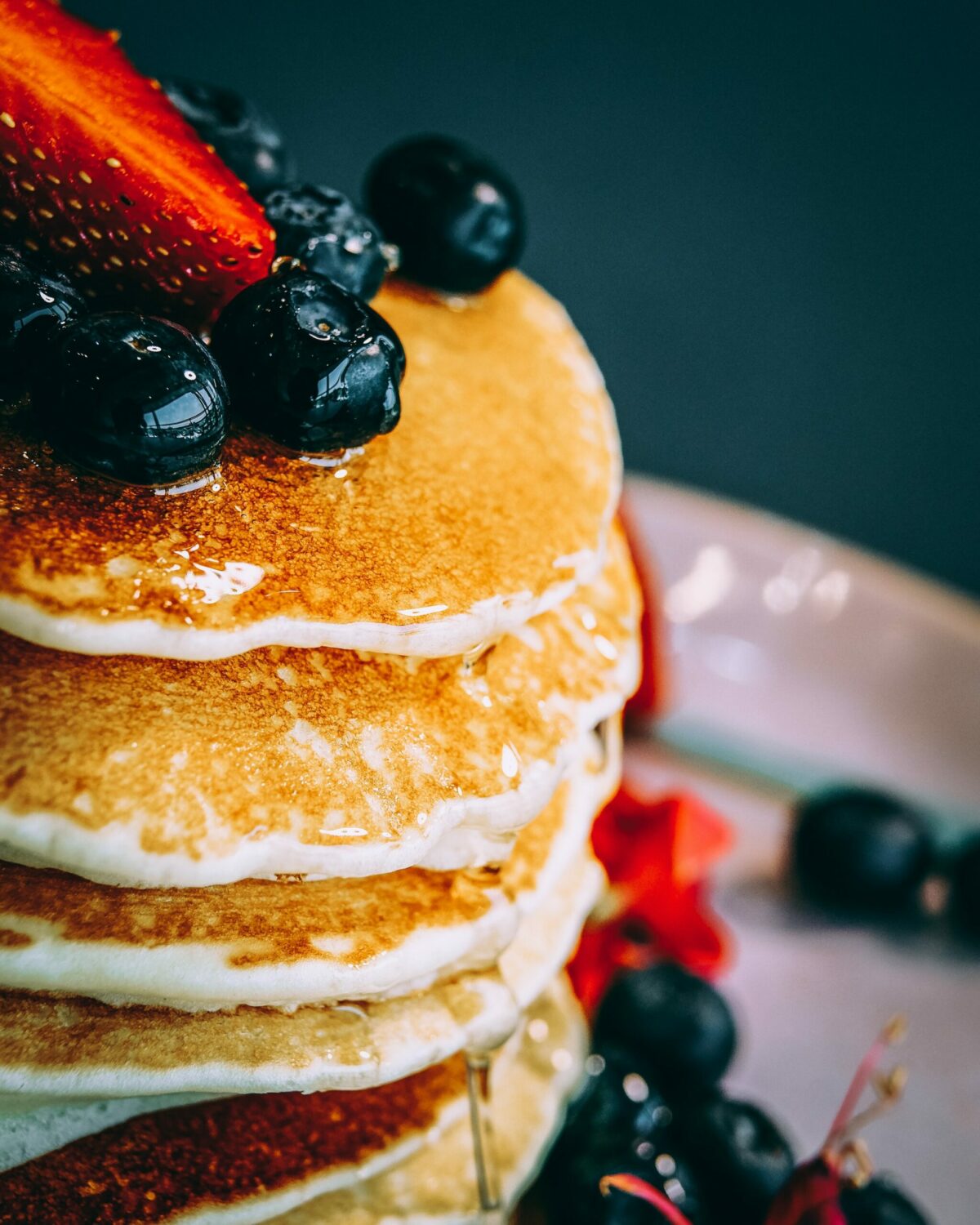
August 18, 2022
Why “Bad” Carbohydrates Are So Bad (But So Deliciously Good At The Same Time)
SHARE
Hot fluffy pancakes slathered with butter, drenched in mouth-watering maple syrup, with a few berries thrown in for nutritional penance to tame our guilt. Wow. We do love our carbohydrates, don’t we? Maybe pancakes aren’t your thing but everyone has their nutritional Kryptonite.
Some people swear by carbs them. Others curse them, believing they’re downright diabolical.
The American Diabetes Association says there are three types of carbs: Fiber, starches, and sugar, which typically fall into one of two categories: simple or complex.
What Carbs Do
According to the Cleveland Clinic, the digestive system turns carbs into sugar for energy to fuel the body. Eating a lot of carbs raises blood sugar levels.
Simple carbs spike energy and blood sugar levels because the digestive system breaks them down into sugar pretty fast, allowing them to enter the bloodstream quickly.
It takes the digestive system a little while to break down complex carbohydrates, causing glucose to enter the bloodstream slowly. Complex carbs are considered the good guys, at least in the world of carbohydrates.
You’ll often hear simple carbs called “bad” and complex called “good.”
To recap: The body turns carbs into glucose for energy. It digests simple carbs quickly, spiking blood sugar levels (which is bad). Unused energy is stored (which is really be bad when you have a lot of it to store).
Too many simple carbs can contribute to weight gain and raise the risk of diabetes, heart disease, and high cholesterol, according to Cleveland Clinic.
Glycemic Index
Maybe you’ve heard of the Glycemic Index, a scale that assigns a value to foods based on “how quickly and how high those foods cause increases in blood glucose levels.”
Foods low on the glycemic index, “…tend to release glucose slowly and steadily. Foods high on the glycemic index release glucose rapidly. Low GI foods tend to foster weight loss, while foods high on the GI scale help with energy recovery after exercise, or to offset hypo- (or insufficient) glycemia.”
Everyone knows sugary drinks, candy, cakes, cookies, and desserts shouldn’t be a primary source of nutrition or a significant source of calories because they hardly have any nutritional value and pave the way for obesity and diabetes.
But sugar doesn’t tell the whole story. We have to look at fiber too. Favorite foods like white bread, rice, and pasta have their fiber removed during the refining process. The digestive system breaks them down quickly, spiking sugar levels.
Just remember that slow is better for your health, energy, and waistline when it comes to carbs.
Guilty Pleasure
However, it’s okay to enjoy simple carbs occasionally. The Rock, Dwayne Johnson, is famous for enjoying his epic cheat days weekly.
It’s okay to indulge but not all the time.
Better Bad Choices
But even within the “bad choice” column of carbs, there are better “bad” choices than others. A cup of white rice has a glycemic index of 91, but a serving of white spaghetti has a rating of 64, which makes it a better “bad” choice.
When eating carbs, most of the time, reach for less processed, complex carbohydrates low in sugar and high in fiber.
Fiber: Your Secret Weapon
Fiber is your friend. Fiber is a kind of secret weapon in maintaining healthier blood sugar levels because it slows how fast sugar is absorbed into the blood stream.
Also, fiber helps you feel fuller longer and helps with avoiding energy spikes. Fiber is so potent that some studies suggest that you should start your meal with fiber and protein and save carbs for last.
Glycemic Load
Whereas the Glycemic Index measures how fast and high a particular food raises blood sugar, there’s another measurement called the Glycemic Load, which refers to the amount of carbohydrates in a specific food.
The best carbs for successfully maintaining ideal weight and healthy blood sugar levels are those with a lower glycemic index and glycemic load because they have the least impact on blood sugar.
The role carbohydrates have in your diet is a personal choice, and whether they will be friend or foe.
Just remember that in the world of carbs, high fiber whole grains, fruits, and vegetables are the healthiest.
Try to minimize simple carbohydrates because they spike blood sugar, contributing to obesity and chronic disease. Plus they’ll make you feel hungry sooner. You’ll consume more food because you’re eating more often, taking a toll on your energy levels and the scales.
It’s okay to indulge in your mouth-watering pancakes or kryptonite of choice sometimes, just make sure you earn it by exercising, and reaching for healthier swaps most of the time.
